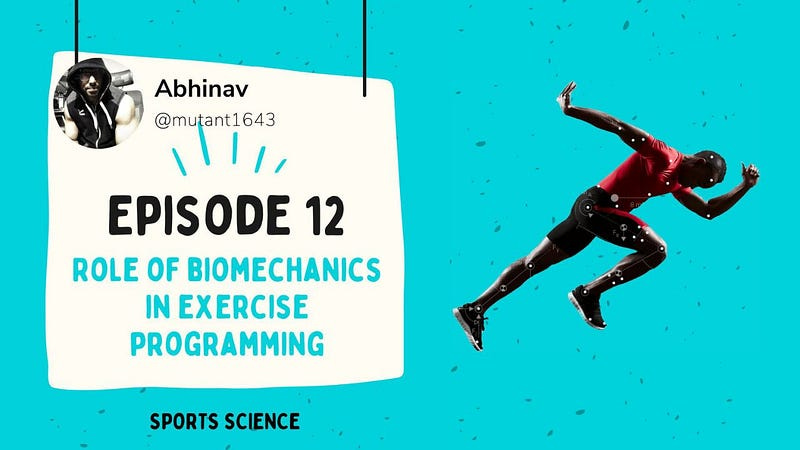Sports Training 12: The Role of Biomechanics in Exercise Programming
What I have learned from my personal experience is that it’s much easier to design effective exercise programs if one understands the…
What I have learned from my personal experience is that it’s much easier to design effective exercise programs if one understands the biomechanical principles behind them. Not just that, it also helps us to identify and correct movement flaws that may contribute to injury. Think of sports biomechanics as a marriage between Physics (Classical Mechanics) and Anatomy & Physiology. It gives us a pretty good understanding of how the body moves and responds to external forces.
As a former martial arts competitor who has trained under different coaches, studied sports science, trained other people, and been training for the last 16 years, I believe understanding the principles of biomechanics is extremely important for athletes, coaches, and trainers. Sports Biomechanics and Exercise Physiology are two of the most critical scientific disciplines in sports training that we make use of for designing training programs.
The fundamental cause of motion or movement is Force. In order to describe motion, we use concepts such as position, displacement, velocity, and acceleration. The most basic element of sports training is force, which is often referred to as strength. Kinetics, the branch of physics that studies the cause of motion, and kinematics, the branch that studies the description of motion, along with the principles of exercise physiology are the foundation for creating training programs that improve athletes’ strength, explosiveness, speed, agility, flexibility, and endurance. The relationship between force and motion can be understood using these concepts from biomechanics. Our sports training can be optimized to meet even a very specific demand once we have a good grasp of these concepts.
To show your support for our Free Fitness Movement, you may follow me on the following platforms:






